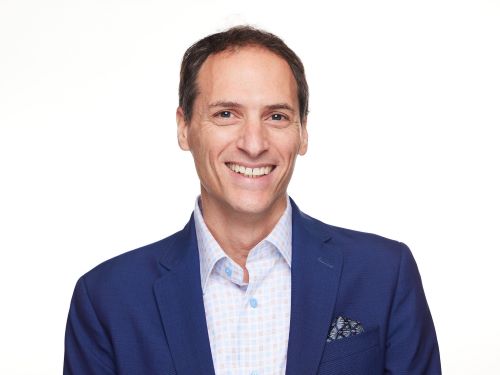After DNA Exonerates Convicted Rapists, Victims Who Identified Them Deal with the Guilt
Rape victims who identified and helped convict suspects later exonerated by DNA evidence are now living with the guilt.
One victim who identified Thomas Haynesworth as her rapist is supporting a petition for a writ of actual innocence in his case filed by Virginia Attorney General Ken Cuccinelli, the Washington Post reports. Haynesworth was released from prison on Monday after he was exonerated by DNA. He was an 18-year-old high school dropout when he was arrested. He is now 46.
“It’s been 27 years,” the rape victim told the Post. “I wish that somehow all that time could be given back to him. But it’s impossible.”
Another woman, Jennifer Thompson, co-wrote a book about her experience after she identified the wrong man as her rapist. The co-author is the wrongly accused suspect, Ronald Cotton, who spent 11 years in jail, according to a Washington Post book review. Thompson and Cotton will be speaking (PDF) at a Law Day presentation in Wichita.
A study of exonerations by University of Virginia law professor Brandon Garrett shows that police often unintentionally influenced the victims as they identified a suspect, the newspaper says.
Haynesworth doesn’t blame the woman who wrongly identified him. “I blame the person who did this,” he told the Post. The new suspect in the case, identified by the DNA evidence, is a convicted rapist who lived in the same neighborhood as Haynesworth. They looked so similar they were sometimes mistaken for each other, the story says.
Pro bono lawyers from Hogan Lovells worked with from the National Innocence Project and the Mid-Atlantic Innocence Project to help win Haynesworth’s freedom, according to The BLT: The Blog of Legal Times.
Prior coverage:
ABAJournal.com: “Virginia AG Uses Rare ‘Writ of Innocence’ to Ask Court to Release Prisoner”
Updated Thursday to include more information on Thompson’s book, to link to prior coverage, and to add information about Hogan Lovells’ work on the case.



